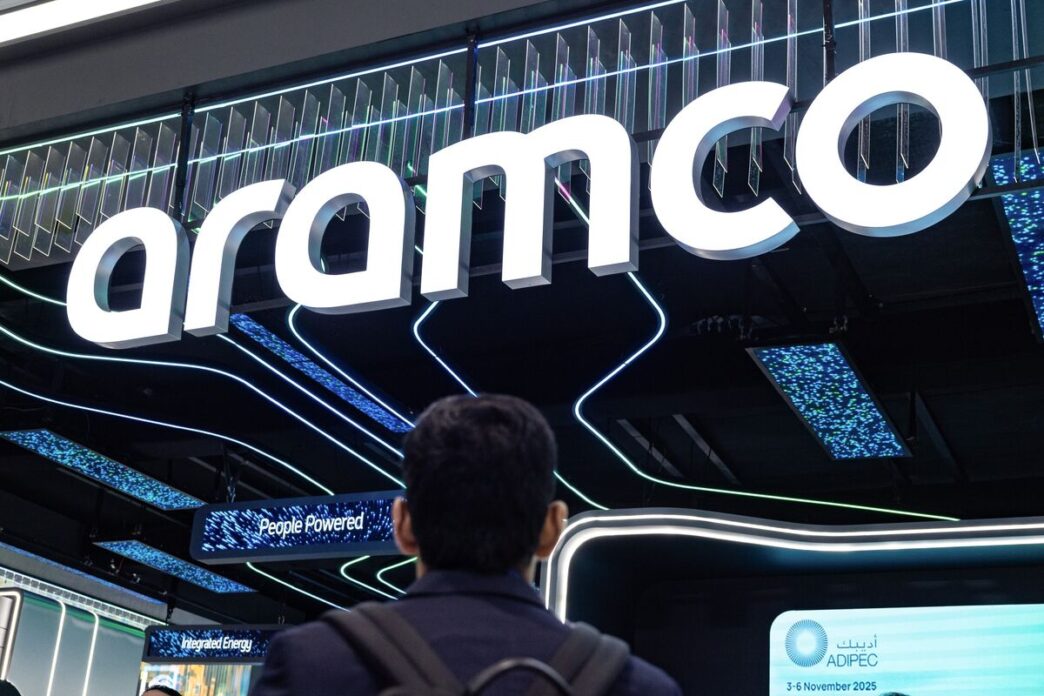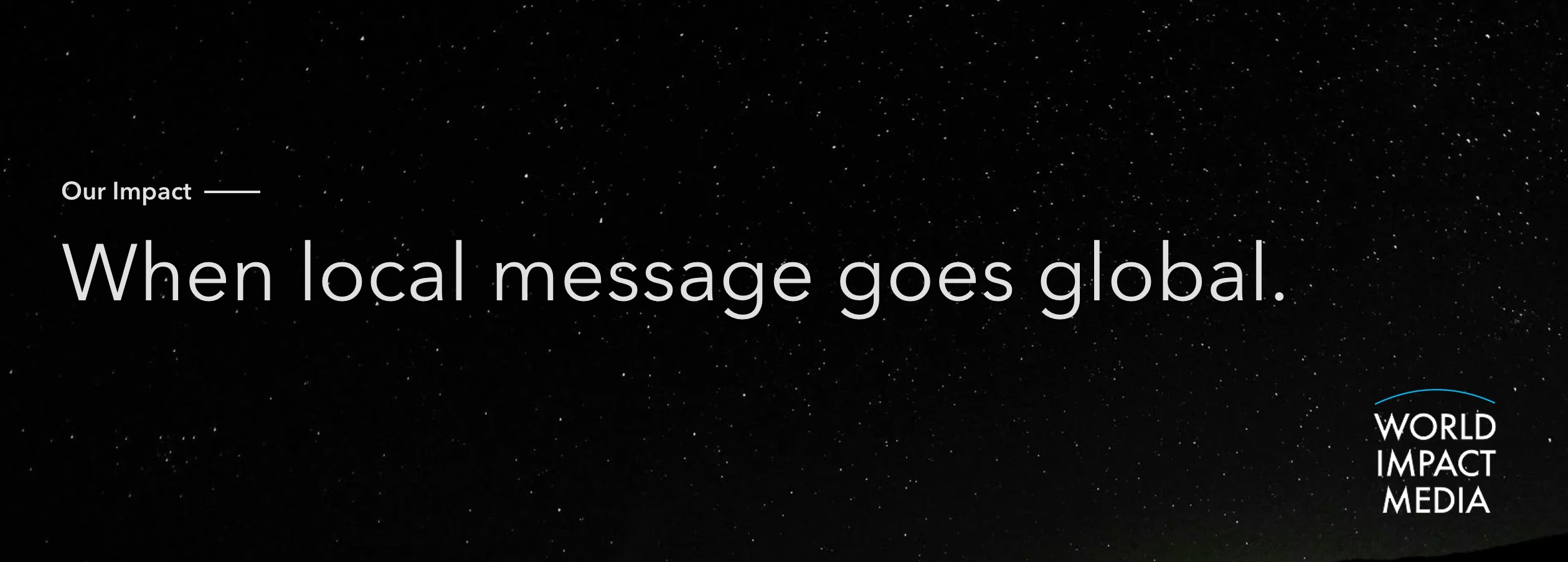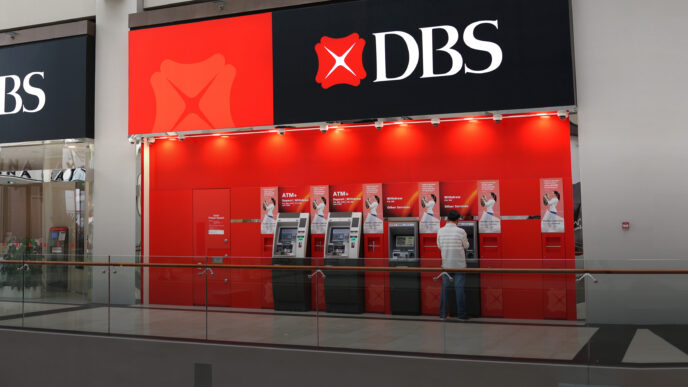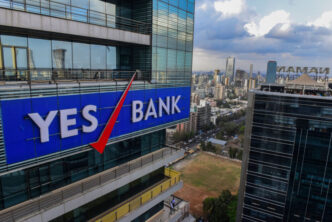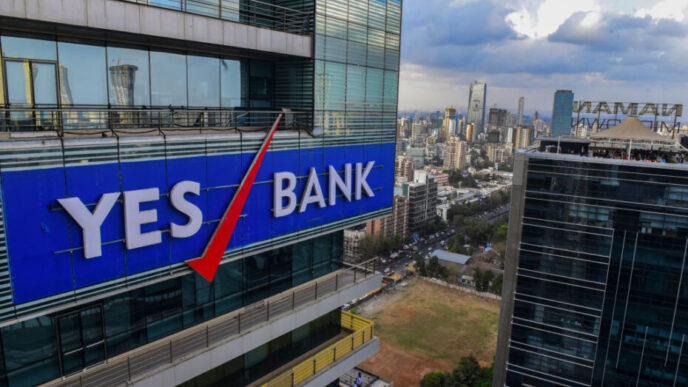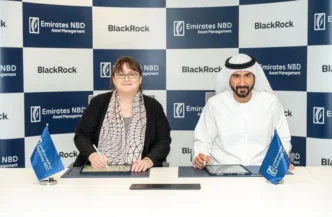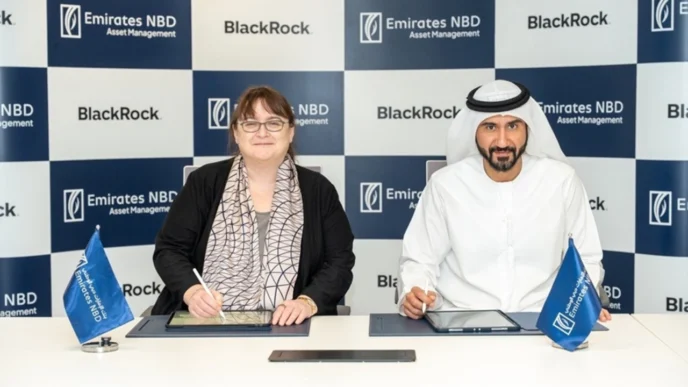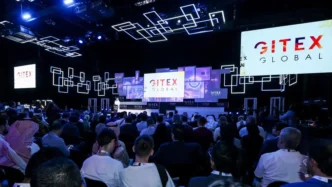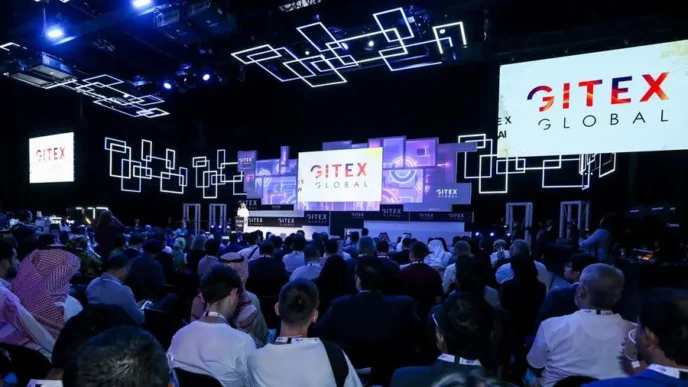Saudi Aramco — the world’s most profitable oil company and the economic powerhouse at the heart of the Kingdom — is weighing plans to raise tens of billions of dollars through a new wave of asset disposals that could become the largest in its history. The potential transactions, which insiders describe as “transformational in scale,” mark a pivotal evolution in Saudi Arabia’s strategy to modernize, diversify, and position itself for a post-oil global landscape.
Aramco’s latest move signals a dramatic shift: the state-backed oil giant is no longer simply looking to optimize its balance sheet or unlock value at the margins. This time, the company is exploring substantial divestments that could remake its capital structure, fund strategic national projects, and accelerate the Kingdom’s Vision 2030 transformation agenda.
The deliberations — still at an early stage — reflect both ambitious national economic planning and a pragmatic recognition that the future demands flexibility, liquidity, and diversification.
Why Aramco Is Considering Its Biggest Sell-Off Yet
1. Vision 2030 Requires Massive Capital
Crown Prince Mohammed bin Salman’s vision to modernize Saudi Arabia demands unprecedented levels of investment:
- NEOM’s futuristic mega-city
- Renewable-energy infrastructure
- Tourism mega-projects
- Industrial and manufacturing hubs
- Tech ecosystems and advanced R&D centers
These multi-trillion-riyal initiatives require a steady stream of funding. Aramco, the Kingdom’s crown jewel, is a critical source of that liquidity.
2. The Path Toward Economic Diversification
Saudi Arabia has repeatedly emphasized reducing its dependence on oil revenue. Part of the strategy includes leveraging Aramco’s value to seed non-oil industries — a shift that requires converting energy wealth into diversified capital.
Asset disposals offer:
- Immediate cash inflow
- Risk redistribution
- Opportunities for foreign participation
- More dynamic financial markets within the Kingdom
3. Optimizing Aramco’s Balance Sheet
Aramco’s production dominance remains unmatched, but the company is balancing:
- Global energy transition pressure
- Long-term oil demand uncertainty
- Capital-intensive upstream and downstream projects
Selling non-core or lower-yield assets allows Aramco to:
- Maintain high dividend commitments
- Reduce debt ratios
- Focus on strategic, future-proof assets
4. Strong Global Appetite for Saudi Assets
International investors — from sovereign wealth funds to energy infrastructure funds — continue to show intense interest in:
- Aramco pipelines
- Midstream assets
- Renewable-energy ventures
- Joint ventures in petrochemicals and refining
With capital markets hungry for stable yield-generating assets, Aramco is in a position of leverage.
What Aramco Could Sell: The Potential Asset Portfolio
While Aramco has not publicly confirmed the specific assets it may dispose of, analysts see several prime categories:
• Pipelines and Midstream Assets
Aramco previously raised billions by selling stakes in:
- Its oil pipeline network
- Its gas pipeline network
New midstream carve-outs could be even larger.
• International Refining Stakes
Aramco owns significant refining assets in:
- Asia
- Europe
- The United States
Selective divestitures could free billions.
• Petrochemical Subsidiaries
Following the $69 billion SABIC acquisition, Aramco could:
- Spin off specific chemical units
- Bring in foreign partners
- Monetize non-core downstream lines
• Renewable Energy and Hydrogen Projects
Aramco is expanding into:
- Solar
- Wind
- Hydrogen
- Carbon capture technologies
Partnerships or partial sales could attract climate-focused investors.
• Infrastructure and Real Estate
Some developments tied to industrial expansions or port facilities may be structured for partial privatization.
A Strategy With Global Ripple Effects
If Aramco proceeds with its largest disposals ever, the impact will extend far beyond Saudi Arabia.
1. Global Energy Markets Shift
Divestments could:
- Rebalance investment flows
- Influence midstream energy asset valuations
- Accelerate energy transition funding
2. Capital Markets Gain New Momentum
Saudi Arabia has ambitions to become a global financial hub.
Large-scale disposals:
- Deepen liquidity
- Attract institutional investors
- Strengthen the Tadawul Exchange
3. The GCC Becomes a Magnet for Foreign Investment
The Gulf region is already witnessing:
- Record inflows into private equity
- Strong sovereign wealth fund activity
- Surge in infrastructure investment
Aramco’s disposal strategy could amplify these trends.
4. A Signal to Global Oil Majors
If Aramco — the most influential oil producer on Earth — is shifting toward large-scale portfolio optimization, other oil giants may follow.
Balancing Risks and Rewards
Despite the potential benefits, the strategy carries challenges.
• Market Timing Risk
Global capital markets remain volatile.
Poor timing could reduce valuation potential.
• Geopolitical Sensitivities
Energy assets are intertwined with geopolitics.
Large foreign stakes require delicate negotiation.
• Maintaining Strategic Control
Saudi Arabia will ensure that disposals never compromise:
- Production capacity
- National energy security
- Sovereign decision-making
• Execution Complexity
Large disposals require:
- Regulatory approval
- Multilateral negotiations
- Financial restructuring
- Operational clarity
Despite these hurdles, Aramco has demonstrated strong execution capability in past deals.
Why This Moment Is a Turning Point
Aramco’s potential mega-disposals signal a new phase in the Kingdom’s evolution:
- From oil-dependent to investment-driven
- From static state assets to dynamic capital flows
- From traditional energy leadership to diversified economic influence
The scale of the envisioned divestments suggests that Saudi Arabia is embracing structural transformation — not cautious reform, but bold repositioning.
Conclusion: Aramco’s Next Chapter Could Redefine Saudi Arabia’s Future
If Saudi Aramco proceeds with the largest disposals in its history, the move may become one of the defining financial decisions of the decade — a strategic pivot capable of reshaping the Kingdom’s economy, empowering Vision 2030, and rebalancing global energy markets.
What is clear is that the company is no longer content to remain a passive beneficiary of oil wealth. Instead, it is preparing to unlock value, redistribute capital, and build a diversified foundation for a post-hydrocarbon era.
Aramco’s next chapter is not just about raising billions —
it’s about financing the future of Saudi Arabia.


